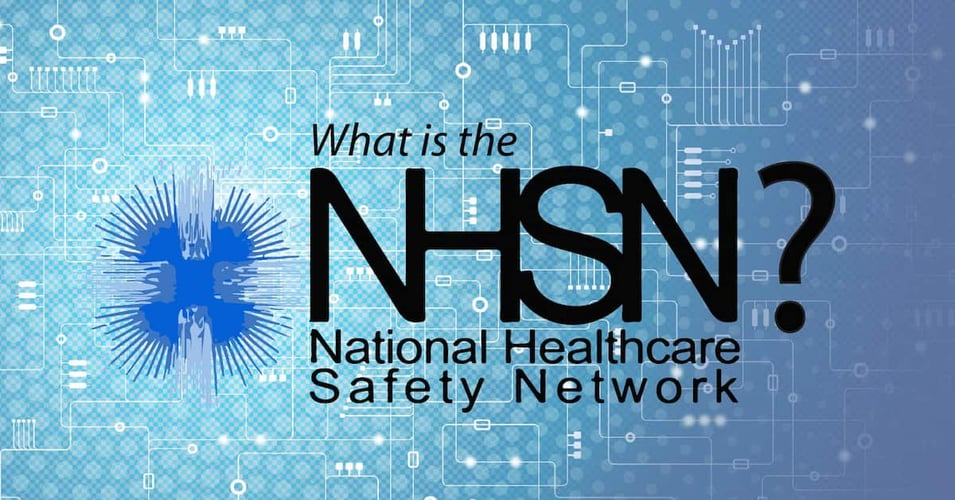National Native American Heritage Month: Healthcare Focus


We acknowledge that the land on which we gather, now known as Norfolk, Virginia, is the traditional territory of the Chesapeake people, part of the Powhatan Confederacy, as well as other Indigenous peoples who have stewarded this land for centuries. We honor their legacy, their resilience, and their ongoing relationship with these lands and waters.
As we enter the latter half of National Native American History Month, we take a moment to introduce our readers to some of the healthcare issues facing American Indians. While not specifically about infection control and prevention, these facts underscore the challenges that make achieving "zero harm" difficult.
Historical and Legal Context of Tribal Sovereignty
|
Cultural respect includes using terminology preferred by the group described. When possible, name name of nation ("tribe") or village should be used. Collectively, the preferred terminology is American Indian, Indian, and Native Peoples, while Native American is also acceptable. |
The U.S. government’s relationship with American Indian tribes is based on their status as sovereign nations. This relationship stems from treaties, court rulings, and legislation, including foundational laws like the General Allotment Act of 1887, which redistributed tribal lands, and the Indian Reorganization Act of 1934, which restored some self-governance. Tribes are “domestic dependent nations,” meaning they operate as self-governing entities but within a federal framework. This unique political status comes with legal recognition, rights, and responsibilities upheld by treaties and the U.S. Constitution. The Bureau of Indian Affairs, the oldest agency within the US Department of the Interior, manages the lands and assets of federally-recognized tribes in a trust, much like a trustee manages a fund for a beneficiary.
However, sovereignty has often been undermined by policies such as forced relocation, land allotment, and assimilation efforts, particularly in the 19th and early 20th centuries. Tribes east of the Mississippi were disproportionately affected, with many being eradicated or displaced before they could assert their rights. Today, federally recognized tribes—574 in 37 states—have a government-to-government relationship with the U.S., but challenges in resource allocation and jurisdiction remain prevalent.
The Indian Health Service: Structure and Purpose
The Indian Health Service (IHS), established in 1955, is a federal agency within the Department of Health and Human Services. Its mission is to provide health care to American Indians and Alaska Natives (AI/AN), fulfilling the federal government’s treaty obligations. Serving over 2.2 million people from 574 federally recognized tribes, the IHS is a vital yet underfunded system.
The IHS operates through 12 area offices and 170 service units, encompassing:
- Hospitals: 21 federal and 22 tribally-operated facilities.
- Health Centers and Stations: Offering primary and preventive care, many are in remote areas with limited hours.
- Urban Indian Organizations: Providing care to the 87% of AI/AN who live in urban areas.
The IHS is not an entitlement program but relies on congressional appropriations ($7 billion in 2023) and third-party reimbursements, including Medicaid and Medicare. With per capita health care spending of $4,000—far below the U.S. average of $13,500—the agency faces severe resource constraints. Therefore, while the IHS fulfills the treaty obligations to the letter of the law, many would say the spirit of the law has yet to be fulfilled.
Challenges Facing IHS and Native American Health Care
Health Disparities
AI/AN populations face significant health disparities, including:
- Shorter life expectancy by 4.4 years on average, with some areas seeing gaps as large as 20 years.
- Higher rates of preventable diseases like diabetes, chronic liver disease, and respiratory conditions.
- Elevated risks for mental health challenges, including substance abuse and suicide.
While efforts like diabetes management programs have reduced cases by 54%, broader disparities persist due to systemic underfunding and limited access to care.
Resource and Infrastructure Challenges
The IHS struggles with inadequate funding and outdated facilities. Only three hospitals on reservations have more than 50 beds, and most lack surgical or obstetric (childbirth) services. The shortage of medical professionals—especially specialists—is acute, particularly in rural areas. Increasing scholarships, loan forgiveness, and technological investments are critical to addressing these gaps.
Cultural and Systemic Barriers
The IHS must navigate complex jurisdictional issues and ensure culturally sensitive care. As sovereign nations, tribes manage many health services through self-determination contracts, yet the federal government’s role in funding and oversight remains a sticking point.
Looking Ahead: Pathways to Health Equity
Achieving health equity for AI/AN communities requires substantial investment in the IHS and broader public health initiatives. Expanding Medicaid enrollment, leveraging telehealth, and strengthening partnerships between federal, state, and tribal governments are vital steps. Above all, honoring the treaty obligations and political status of Native nations is essential to building a just and sustainable health care system.
American Indian tribes have endured centuries of marginalization, yet they persist as vibrant and sovereign nations. Addressing their health care challenges demands not only resources but also respect for their unique cultural and legal identity.
Resources
Native American Center for Health Professions
National Center for American Indian Health Professions
Association of American Indian Physicians
American Indian Health Commission




